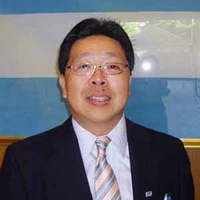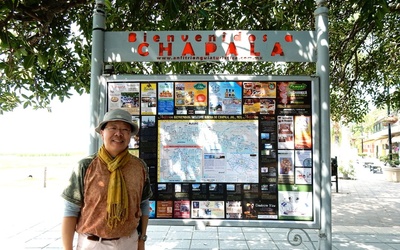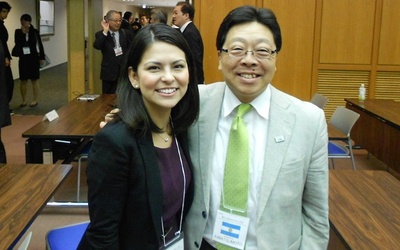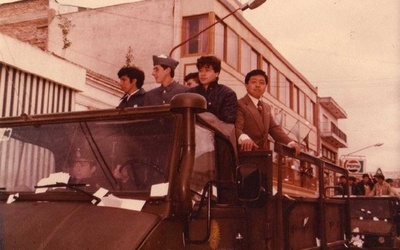The Nikkei of Latin America and Latino Nikkei

Lic. Alberto Matsumoto examines the many different aspects of the Nikkei in Japan, from migration politics regarding the labor market for immigrants to acculturation with Japanese language and customs by way of primary and higher education. He analyzes the internal experiences of Latino Nikkei in their country of origin, including their identity and personal, cultural, and social coexistence in the changing context of globalization.
Stories from this series
Considering Mexico's Immigration Issues in Mexico —Visiting the University of Guadalajara in October 2014—
Jan. 26, 2015 • Alberto J. Matsumoto
Mexico is the second most popular destination for students and working adults interested in Spanish-speaking countries for study abroad or training, after Spain. It is well known for its cheerful and bright national character, richly flavored cuisine, and tequila (a distilled liquor with an alcohol content of 45 to 50%), and attracts many Japanese people. Some of my students have traveled there during summer vacation, and some have even found employment at Japanese companies there after graduation. Economically, the country …
Employment of Japanese university graduates and second generation foreigners
Dec. 8, 2014 • Alberto J. Matsumoto
Japan's education system is highly regarded around the world, and in the 2012 OECD learning achievement survey of 15-year-olds, Japan ranked 8th in mathematical literacy, 3rd in reading comprehension, and 3rd in scientific literacy.1 The standard of secondary education up to high school is also very high, with 98% of graduates who complete compulsory education (elementary and junior high school) going on to high school, the highest level in the world. After that, 53.5 % go on to university.2 16.8% …
Differences and Similarities between Peruvians and Brazilians Living in Japan
Sept. 17, 2014 • Alberto J. Matsumoto
It has been a quarter century since Japanese migrant workers from South America arrived in Japan, but to Japan, the host country, these migrant workers are from "South America," and there has been little awareness of the differences in their countries of origin or their reactions to support measures. The largest Japanese community in South America is Portuguese-speaking Brazil (1.4 million people), and before the Lehman Shock in 2008, there were 310,000 Japanese Brazilians living in Japan. On the other …
Will foreign workers' wages rise?
Sept. 3, 2014 • Alberto J. Matsumoto
Since the Abe administration came to power, there has been much talk about wage increases aimed at expanding domestic demand. This trend is being seen in some large companies and the restaurant industry, where the latter, which are facing a labor shortage, are turning employees who were employed on part-time or casual contracts into full-time employees, enrolling them in social insurance, and working to improve working conditions to secure a more stable workforce. This has resulted in a real wage …
Nikkei and War: 30 Years After My Participation in the Malvinas War
July 19, 2012 • Alberto J. Matsumoto
Migration from Japan officially began more than 150 years ago, starting with Japanese arriving in Hawaii, the United States, and Canada, and later Peru and Brazil just over 100 years ago. During that time, Japan has faced several wars, notably with China (1894-95), Russia (1904-05), and several Asian countries as a result of the imperial occupation that began in the 1920s. And finally, World War II, a grueling conflict with the United States. Each of these events brought a great …
Carlos Kasuga: An Example of Nikkei Leadership in the Americas
June 2, 2011 • Alberto J. Matsumoto
Any Nikkei leader in the Americas either personally knows or has heard of Carlos Kasuga because of his achievements as a businessman in Mexico, or because of his role in the Nikkei Panamerican Association. Not many are familiar, however, with the story of his migration from Japan to Mexico. According to the Encyclopedia of Nikkei of the American Continent Americano1, it all began with Enomoto’s efforts to establish a settler colony in Chiapas in 1897. Enomoto was quite the celebrity, …








